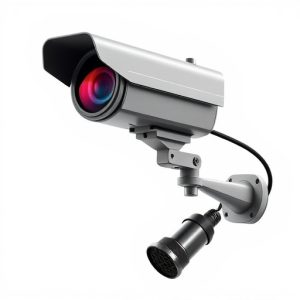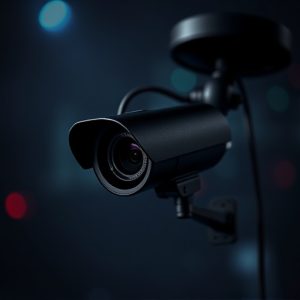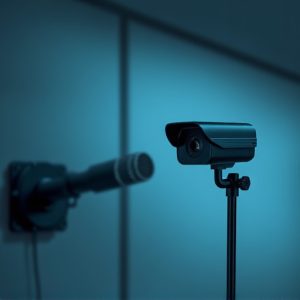Unveiling Audio Spy Devices: Technology, Implications, and Prevention
Discreet audio spy devices, disguised as everyday items like flashlights or pens, feature advanced c…….
Discreet audio spy devices, disguised as everyday items like flashlights or pens, feature advanced cameras and microphones that capture sound and video remotely via wireless connectivity to smartphones or computers. Popular for home security, investigations, and privacy monitoring, these tools aid law enforcement in covert surveillance but carry legal risks due to varying privacy laws; unauthorized use can result in severe penalties. Protecting your privacy involves regular visual inspections, investing in RFI detection tools, staying informed about privacy laws, and adhering to ethical security practices.
Uncover the intriguing world of audio spy devices, where technology meets secrecy. This article delves into the inner workings of hidden microphones, exploring their advanced capabilities and surprising applications. From stealth surveillance to domestic security, these devices have transformed how we perceive privacy. We’ll navigate the legal gray areas surrounding their use, offering insights on detection methods for both amateur and professional spy camera and microphone enthusiasts. Get ready to unlock the mysteries behind this modern-day technology.
Understanding Audio Spy Devices: Unveiling the Technology
Audio spy devices, also known as hidden listening devices or covert audio recorders, are advanced technologies designed to capture sound discreetly and without detection. These miniature gadgets often resemble everyday objects like flashlights, pens, or even common household items, making them nearly invisible to the naked eye. Inside these seemingly innocuous shells lies a powerful combination of a spy camera and microphone—a duo capable of recording conversations, capturing audio from remote locations, and providing real-time surveillance.
The technology behind these devices is remarkable. They employ compact yet sensitive microphones that can pick up sounds from considerable distances, while high-definition cameras enable clear visual verification. Many modern models also feature wireless connectivity, allowing users to transmit audio recordings or live feeds remotely via their smartphones or computers. This covert surveillance capability makes audio spy devices popular choices for various applications, including home security, professional investigations, and personal privacy monitoring.
Applications and Legal Implications of Hidden Microphones
Hidden microphones, often integrated into everyday objects like spy cameras, have a range of applications that span from security to surveillance. These devices enable discreet monitoring and recording, making them valuable tools for law enforcement agencies investigating criminal activities. In today’s digital era, where privacy concerns are on the rise, hidden microphones offer a way to gather evidence without raising suspicions. They can be used in covert operations, allowing investigators to capture conversations that might otherwise go unheard, providing crucial insights into criminal enterprises or suspicious behaviors.
However, alongside these practical applications, there are significant legal implications associated with hidden microphones and spy cameras. Privacy laws vary across jurisdictions, but many countries have strict regulations governing the use of such devices. Unauthorized installation or use can result in severe legal consequences, including fines and imprisonment. It’s essential for individuals considering employing these technologies to understand the local legal framework and obtain any necessary permissions to ensure ethical and compliant usage.
How to Detect and Prevent Spy Cameras and Microphones
Detecting and preventing hidden spy cameras and microphones is crucial for safeguarding your privacy at home or in public spaces. One of the first steps to take is to conduct regular visual inspections, especially in areas like bedrooms, bathrooms, and offices where such devices could be easily concealed. Look for any unusual objects or gaps that might house a camera or microphone, such as wall plugs that aren’t connected to anything or small holes drilled into walls or ceilings.
Additionally, investing in specialized detection tools can significantly enhance your efforts. There are now portable devices designed to uncover hidden cameras and microphones by detecting their electromagnetic signals. These tools emit radio frequency interference (RFI) that can disrupt the operation of spy gadgets, making them a valuable asset for both individuals and professionals concerned about surveillance. Regular updates on privacy laws and security best practices are also essential to stay ahead of potential threats from advanced audio and visual spy devices.


